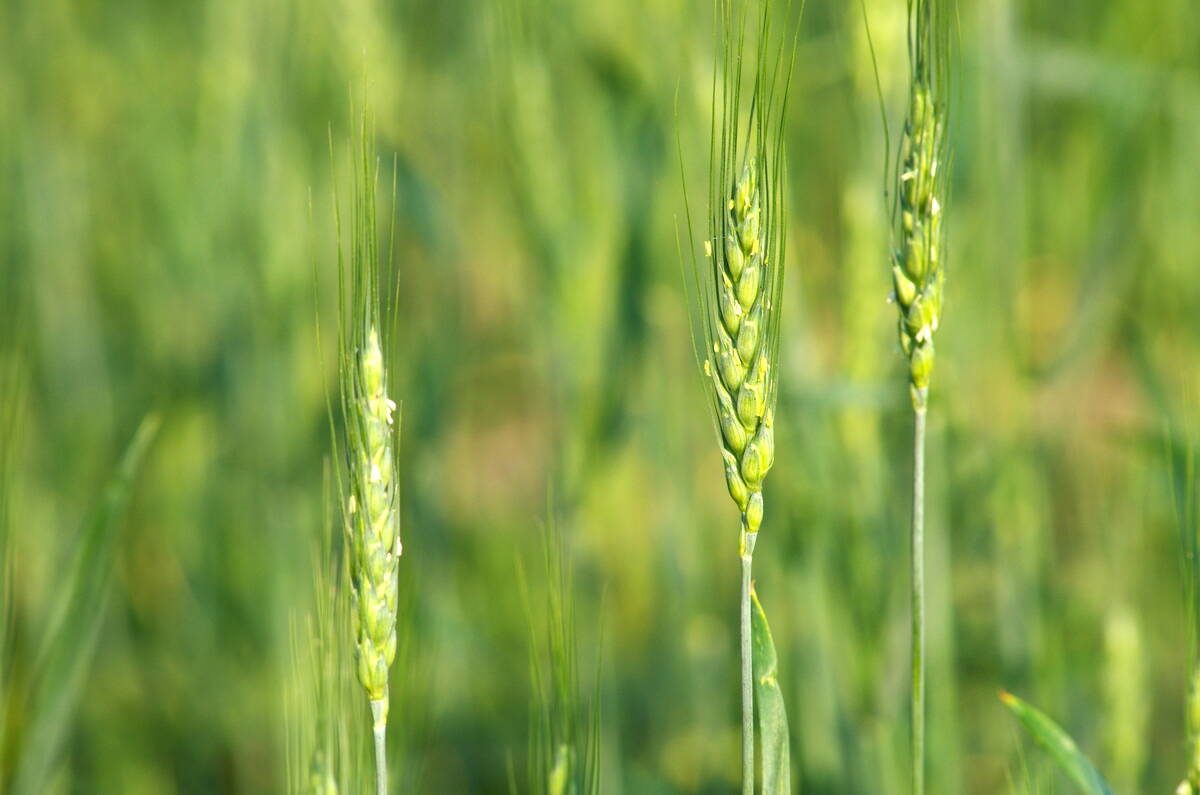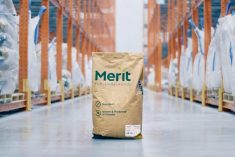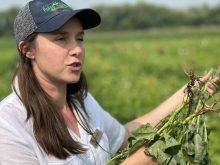[UPDATED: Mar. 5, 2024] Let’s get the obvious part out of the way.
By separating “the good stuff” (protein, starch and dietary fibre) from faba beans, a University of Alberta researcher has improved on a process that minimizes human flatulence from eating them. That issue has long been a deterrent to mass acceptance of the pulse.
But that’s just the start of the story. Brasathe Jeganathan’s work is also driving more efficient and sustainable improvements in the process of extracting protein from faba beans. The end result is a very pure protein with possible food applications.
Read Also

Code cracked on nitrogen-fixing wheat?
U.S. crop breeders have created a wheat variety capable of fixing its own nitrogen rather than relying on fertilizer.
And for the researcher, it’s a crucial drop in a very big ocean.
“One of the biggest challenges we are facing now, as food scientists, is feeding 9.7 billion people by 2050,” said Jeganathan, who earned a PhD in food science and technology for her research.
“We can’t completely rely on animal-based proteins because it’s not sustainable in the long run. So we need to explore other alternative protein sources, because we definitely have to figure out something that could work.”
On a more micro level, there’s potential to create food products from the extracted bean protein.
Just using plain faba beans might not work to obtain certain traits, “like the ability to form a gel,” the researcher said. “
You need high pure protein fractions to produce high-protein food products,” with desired techno-functional properties, she added.
The research is good news for a crop that has been slowly increasing in acreage across the Prairies. Alberta produced 50 per cent of Canada’s total faba bean production in 2021, followed by Saskatchewan with 41 per cent and Manitoba at nine per cent.
“I would say faba bean could be an attractive crop, especially because they have many environmental benefits. They get involved in symbiotic nitrogen fixation similar to soy,” said Jeganathan.
The researcher used a common food industry process called fractionation. In the case of faba beans (also known as fava, broad and horse beans), fractionation is a process used to separate pure protein from the bean’s less desirable compounds – those that cause gas.
There are two types of fractionation: wet and dry. At its most fundamental, wet fractionation can be compared to the brewing process for coffee or tea, she said, in which grounds are brewed in hot water to extract desired compounds. But wet fractionation is a chemically- and energy-intensive process.
For traditional wet fraction, “You need lots of water energy, so it’s not sustainable in the long run,” said Jeganathan. “And when you use a lot of chemicals, people don’t like to consume them as much as consuming something that is chemical-free.”
Dry fractionation employs a process of grinding and sieving, similar to handling flour in the kitchen. However, wet fractionation is generally preferred in the industry because dry methods only produce protein concentrates, which are not pure versions of protein.
“You can only achieve modest enrichment in the protein content if you use (dry methods),” she said, but it’s also considered more sustainable due to lack of water or chemical use.
By experimenting with hybrid methods using both wet and dry fractionation, as well as a chemical-free extraction method using only water, Jeganathan was able to isolate and extract protein from the bean. The chemical-free methods resulted in higher quality protein (up to 94 per cent pure) compared with other methods.
“I would say with the hybrid method, where I used dry and wet methods together, the water consumption was much less compared to using just the water extraction method alone,” she said.
Through a process called pearling, the research also revealed that the protein in faba beans is more highly concentrated in the bean’s external layers. Fractionation is usually accomplished by grinding the entire bean, but Jeganathan took it down a notch by pearling.
“Instead of grinding the whole bean, by pearling we ground only 60 per cent of the outer layer of the bean, which is high in protein.”
Jeganathan’s research isn’t done. She is working as a postdoctoral research assistant at Washington State University, where she’s investigating how her proposed water-based extraction method carries over to a variety of beans as well as sea algae. “Definitely we are seeing a huge potential.”
















